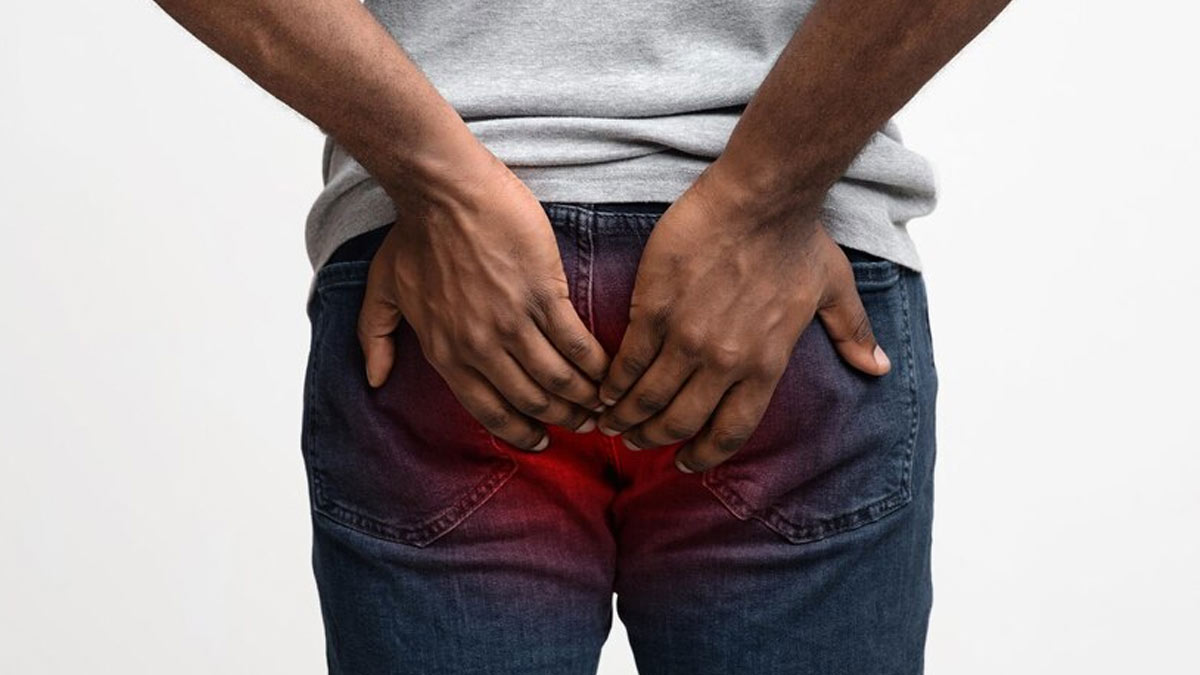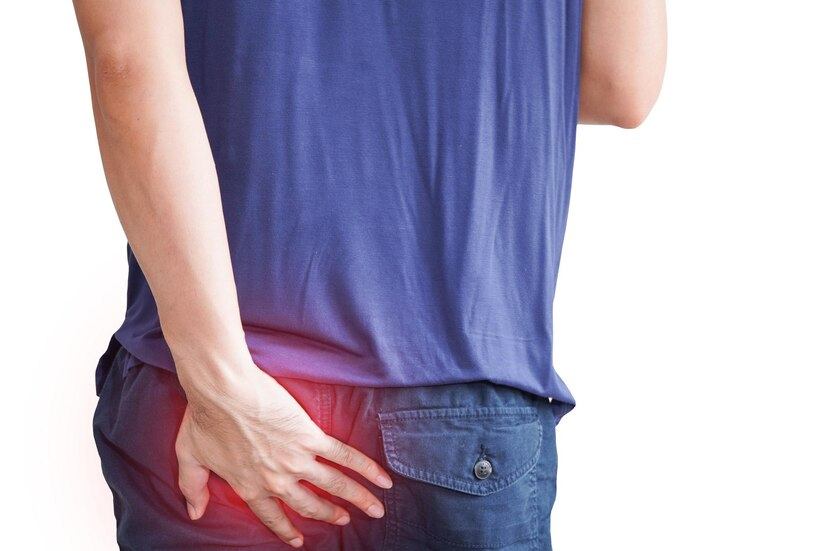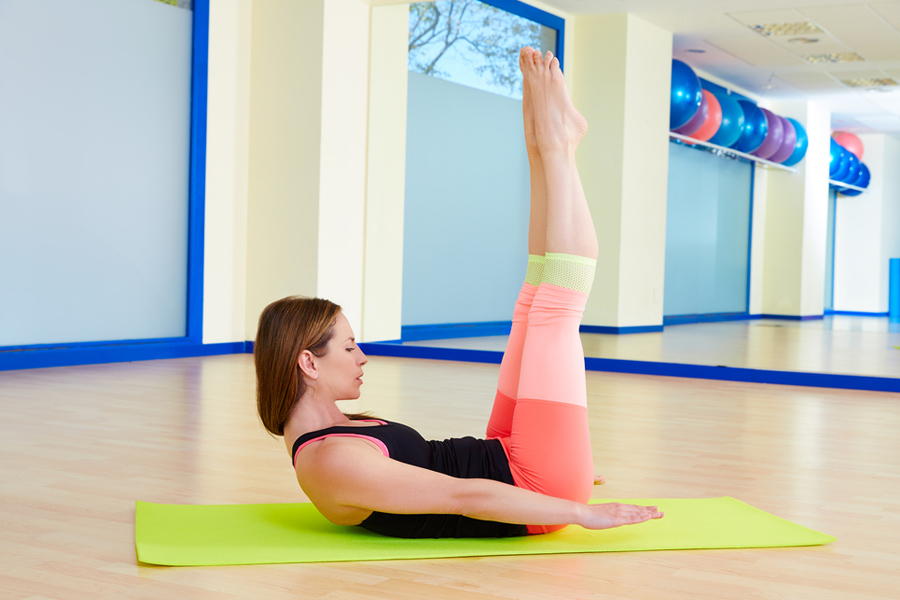
In the world of endless screen time, most of us are glued to our office chairs, frantically typing away to meet deadlines. The pressure to perform makes you sit through your entire 9-hour shift with little to no breaks. While it's well-known that prolonged sitting can lead to health problems like weight gain, digestive issues, high cholesterol, and elevated blood pressure, there's one lesser-known consequence that often slips under the radar: Dead Butt Syndrome. But what exactly is Dead Butt Syndrome, and how can simply sitting for long hours cause it? Let’s find out.
Table of Content:-
To understand what Dead Butt Syndrome (DBS) is and how sitting for longer durations can cause it, OnlyMyHealth team interacted with Dr Kiran Dhake, Corporate Wellness Physician and Imaging Specialist, Mumbai.
What Is Dead Butt Syndrome?
While the name of the condition might sound funny, Dr Kiran Dhake said, "Dead Butt Syndrome is no joke! Even your butt can become ‘dead’." Prolonged, inappropriate sitting habits can contribute to this potentially debilitating condition.
Dr Dhake said, “Dead Butt Syndrome, also known as Gluteal Amnesia, occurs when one of the buttock muscles, the gluteus medius, essentially "forgets" how to function properly.” This happens when the muscles at the front of the hip and thigh allow the buttock muscles to rest for extended periods, particularly during long stretches of sitting. He explains, "When an individual sits, the muscles at the front of the hip and thigh allow the buttock muscles to rest. However, repeated, prolonged sitting can delay the neurons that signal the muscles to activate."
This delay in activation leads to a weakening of the gluteus medius, which destabilises the core and pelvis, resulting in an imbalance that causes poor posture, pain, and even difficulty walking. The condition is surprisingly common in today's sedentary world, especially among those working desk jobs or spending hours behind the wheel.
Also read: Dead Butt Syndrome: Symptoms, Causes And Who Is At Maximum Risk

Symptoms of Dead Butt Syndrome
The condition can manifest through a variety of symptoms, most commonly numbness or a "dead" sensation in the buttocks. Dr Dhake notes, "Symptoms set in when the gluteus medius weakens and tightens due to constant pressure from long periods of sitting."
Other signs to watch for include:
- Tightness in the thighs
- Pain in the calf muscles
- Shooting pain down the legs
- Discomfort in the hips and lower back, especially during or after physical activity
- Difficulty climbing stairs
- Pain and stiffness in the hips, knees, and lower back

Managing Dead Butt Syndrome
Luckily, Dead Butt Syndrome can be managed with a few lifestyle changes. Dr Dhake recommends keeping the gluteal muscles active through regular stretching, exercise, and ergonomic adjustments to your workspace. "When one link in the chain is weak, the whole fence collapses. Similarly, the glutes should be the strongest link in your body," he advises.
Here are some strategies to combat DBS:
Frequent Breaks: Taking breaks every 30 to 60 minutes to stand, stretch, or walk for 15 to 20 minutes can make a world of difference.
Targeted Exercises: Simple exercises like single-leg glute bridges, clamshells, hip thrusts, and side planks can help strengthen the glutes. You don’t need any special equipment; just pick two or three exercises a day and perform them in a controlled manner.
Pilates: Pilates, which focuses on core strength and flexibility, is also an excellent way to keep the glutes engaged.

Also read: 5 Exercises To Prevent Dead Butt Syndrome
Prevention Is Key
Preventing Dead Butt Syndrome means making small adjustments to your daily routine. Ensuring your workspace promotes good posture, taking regular breaks, and incorporating a simple exercise regimen can go a long way in keeping your glutes, and the rest of your body, strong.
Dr Dhake said, "Strengthening your gluteal muscles is vital for individuals who spend long hours sitting." So, don’t sit your way to Dead Butt Syndrome. Get up, move around, and work that butt!
Also watch this video
How we keep this article up to date:
We work with experts and keep a close eye on the latest in health and wellness. Whenever there is a new research or helpful information, we update our articles with accurate and useful advice.
Current Version